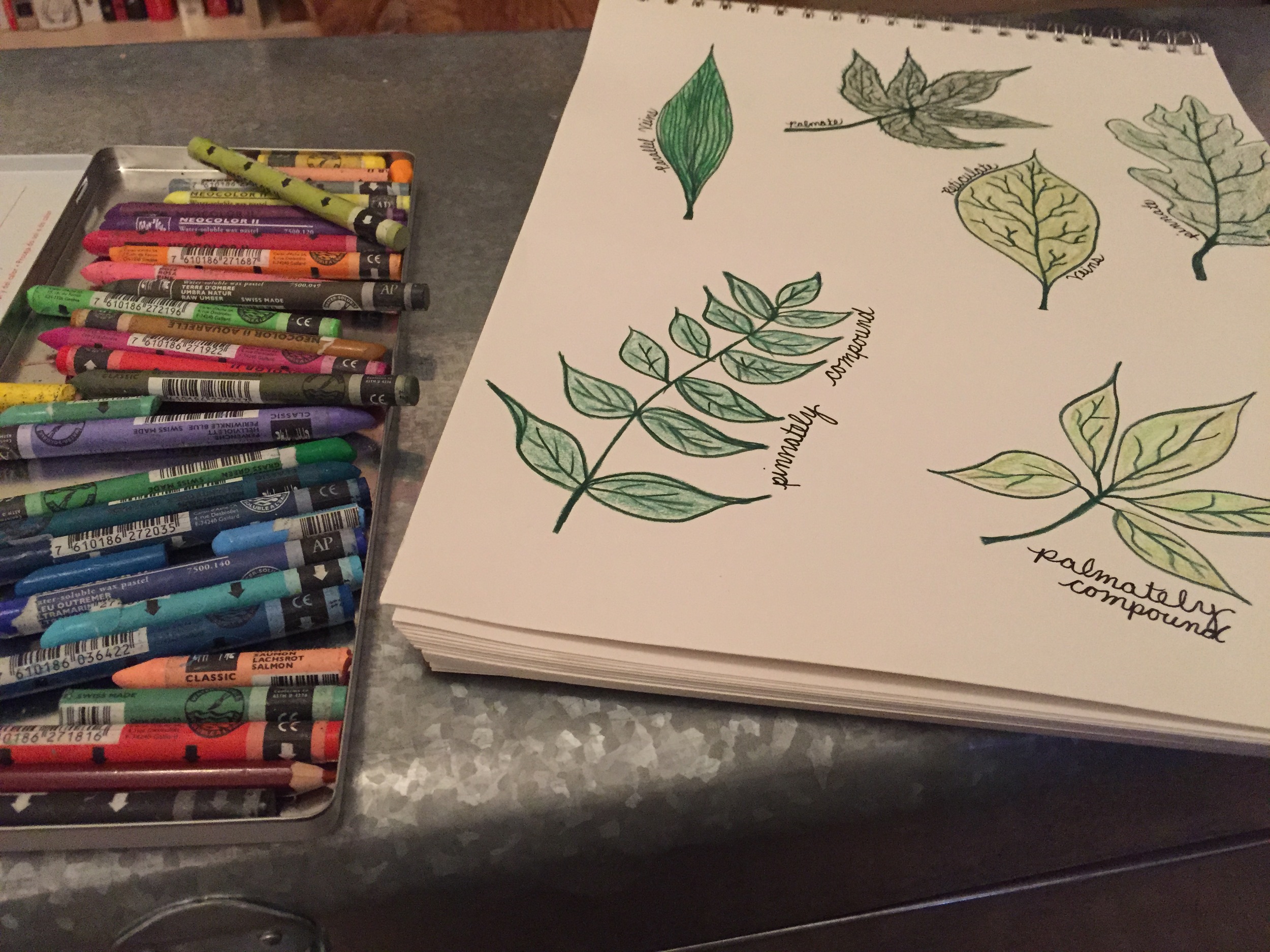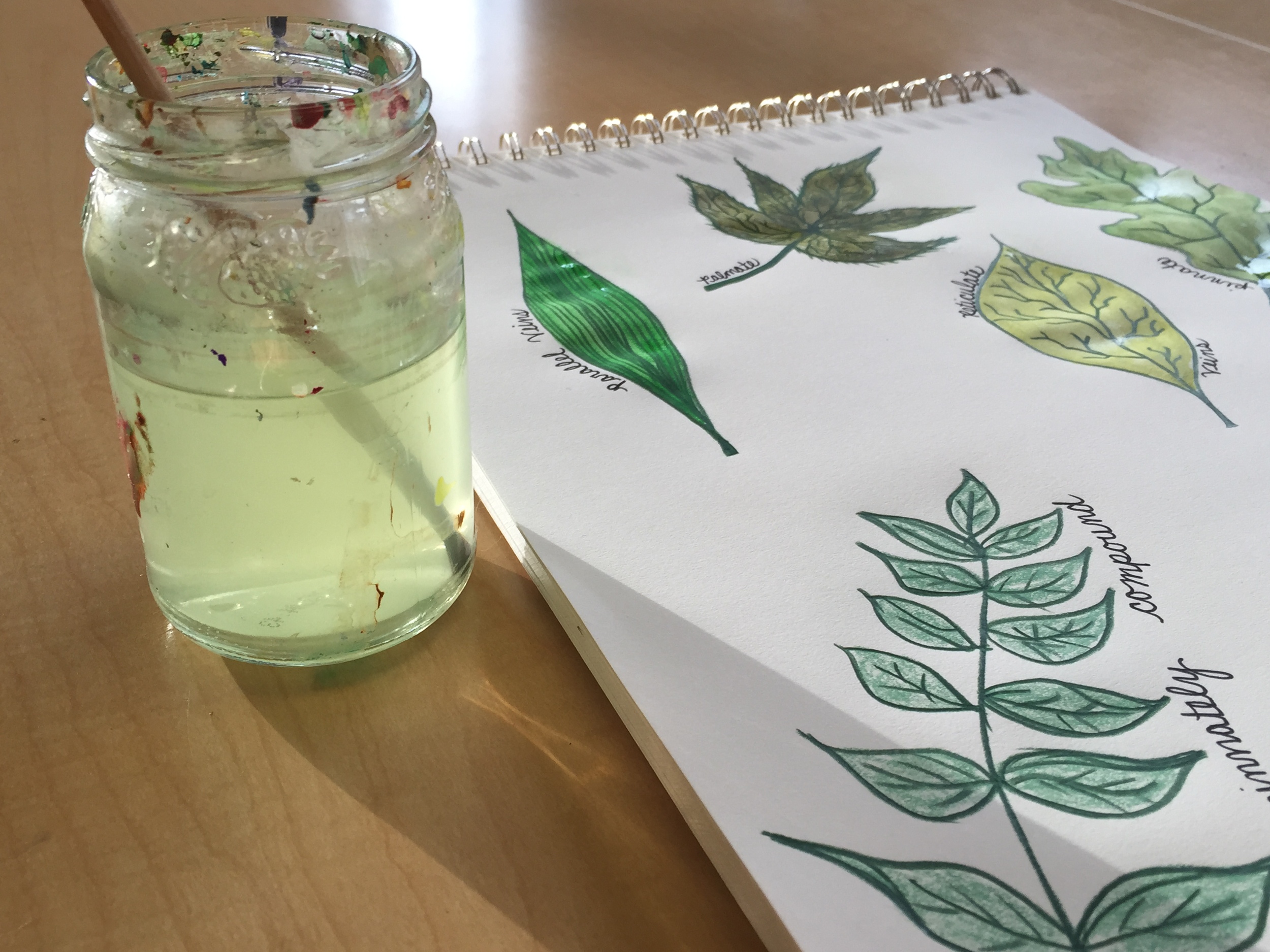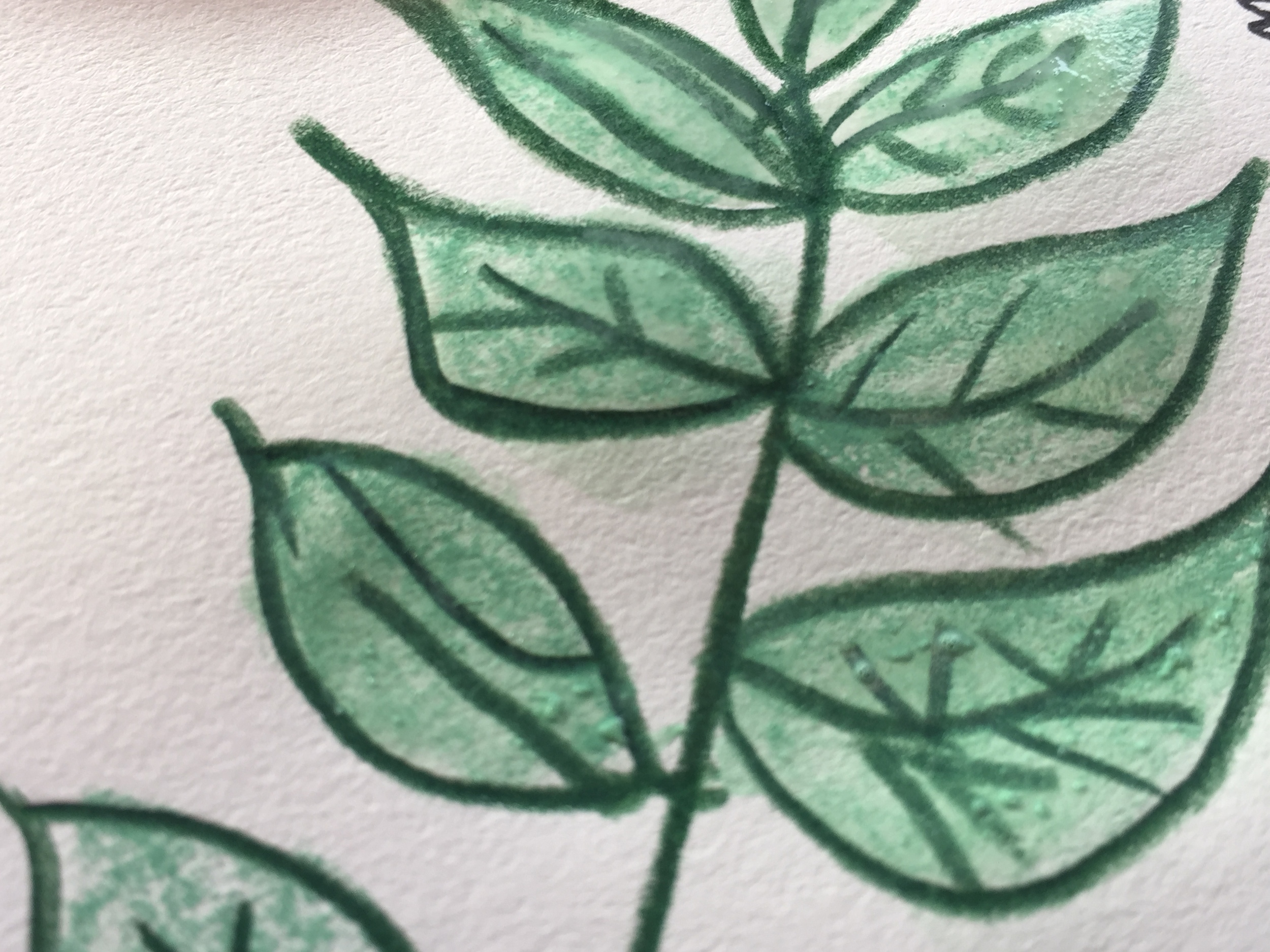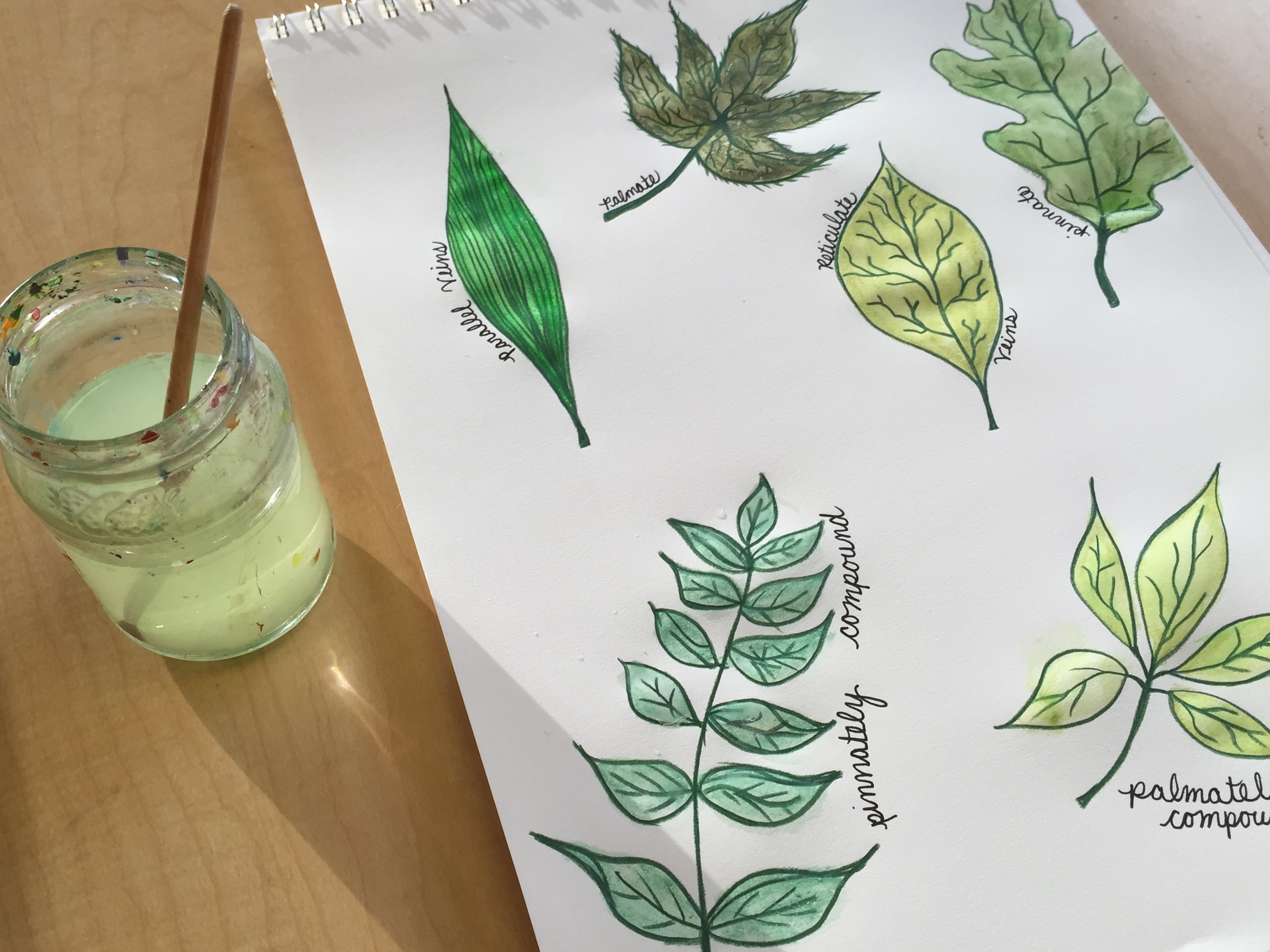Jane Goodall: A Real Life Hero
Today is Dr. Jane Goodall's 81st birthday! She is truly an inspirational human being. She is a life long learner, and she has done so much good in the world. She famously studied chimpanzees in Gombe National Park in Tanzania and has spent much of her life working to protect this endangered species. At 81 years old, she continues to travel the world to educate and to advocate on behalf of all endangered species.
I recently had a student in my elementary class choose to research Jane Goodall. She was inspired to learn more after I read aloud a book about Jane. Initially, I think the student was mostly excited to learn more about the chimpanzees, but it was great to see her grow interested in Jane, too! The student even brought to school a recent article from the New York Times magazine about Jane. I LOVE when students are thinking about what they are learning at school, even when they are at home!
Children in the elementary years are searching for heroes or people in the world they can look up to. Of course, they love Batman and Princess Elsa, but they also love learning about REAL LIFE heroes. They love being inspired by things that other people have done! And that is why it is so important to introduce them to people all around the world–from all backgrounds and all periods throughout history–who have done and are doing amazing things!
What makes Jane Goodall a real life hero? Well, as a scientist she spent years studying the chimpanzees in order to better understand them. She learned that– like human beings–they have individual personalities, and they express deep emotions. She also passionately believes that they are meant to live in the wild. Consequently, she has spent her life as a great advocate for the wellbeing of the chimpanzees, as well as for the conservation of their natural habitats.
I just watched this lovely video from National Geographic all about Jane in celebration of her birthday, and I encourage you to give it a view as well.
If you want to learn more about Jane Goodall or are interested in the work her nonprofit organization is doing, check out the The Jane Goodall Institute.
Perhaps you or someone you know who is passionate about animals and animal rights might even be interested in one of the awesome internships they offer!
Happy 81st Birthday, Dr. Jane Goodall! Thanks for being a real life hero!





